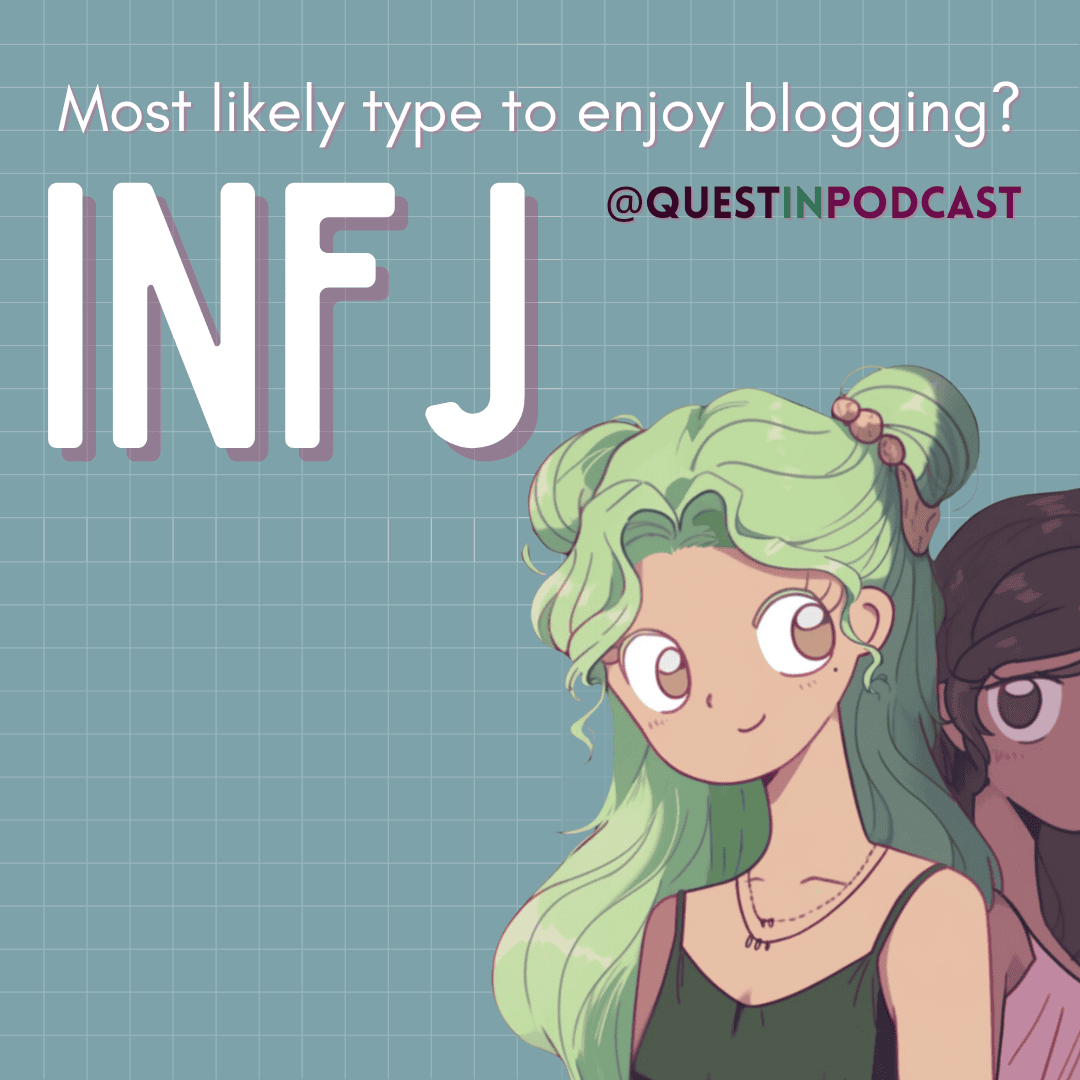
DCNH Subtypes Theory (Socionics Model G)
What is Socionic Model G?
Model G is one of the more popular Socionics models. The DCNH theory details the differences between a Dominant subtype, a Creative subtype, a Normalizing Subtype, and a Harmonizing Subtype. Socionics combines theories from Carl Jung’s cognitive functions, Antoni Kepinski’s energy informational metabolism, and Sigmund Freud’s structural theory.
This article will summarize Viktor Gulenko’s Subtype Theory. This information was found on Page 348 in his Psychological Types book.

Viktor Gulenko believes his subtypes theory helps to explain nuanced variation among people of the same psychological type. He says, “In the mind of a real person –the type carrier– is almost always an admixture of other functions than this type. It is this admixture I call subtype or the type variant.”
How to Identify a Theoretical Subtype
There are two ways to figure out a person’s subtype.
- By the categorization of 3 special polarities (dichotomies)
- By examining which various functions are strengthened (different degrees of severity)
The first method is with three special polarities, also known as dichotomies. The second way is to examine which functions are particularly strengthened for a person’s type.
Polarities Defining a Subtype Within a Type
The polarities easily identify which subtype a person might be.
The Socionics model of psychological types does a good job of helping to classify people very specifically. It might be overkill sometimes, but many Socionics frameworks provide a unique and holistic understanding of personality.

The 1st Polarity: Contact vs Distant
The first polarity has to do with how a person reacts to stress.
CONTACT
Contact reflects “the willingness to draw closer to a problem in the event of stress, accepting the challenge face-to-face.”
These subtypes (dominant + creative) are invigorated and excited in times of stress.
DISTANT
Distant subtypes instead choose “the avoidance of direct confrontation, a need for distancing from the problem’s source.”
The other two subtypes (normalizing + harmonizing) freeze or lose their foothold in times of stress.

The 2nd Polarity: Terminal vs Initial
The second polarity focuses on preference for predictability.
TERMINAL
According to Model G, “Under terminal, we understand the capacity for closure, following from the start to the end of a project or relationship, and a tendency to streamline.”
The two terminal subtypes are the dominant + the normalizing subtypes.
INITIAL
Initial in this case means to initiate or to start, instead of the first.
Gulenko writes, “The initial subtype has the ability to initiate to switch easily to a new activity and multitask in things and affairs.”
The two initial subtypes are the creative + the harmonizing subtypes.

The 3rd Polarity: Connective vs Ignorative
The third polarity revolves around environmental sensitivity.
CONNECTIVE
Connective subtypes are very sensitive to changes in their external environment.
These would be the dominant + the harmonizing subtypes.
IGNORATIVE
Ignorative subtypes do not pay attention to changes in the external environment. They are insensitive or unaffected by what is going on around them.
This dichotomy includes the creative + the normalizing subtypes.
The 4 Subtypes by 3 Polarites
In summary of the special polarities, here are the four subtypes with their unique combinations.
- Dominant – contact, terminal, connective
- Creative – contact, initial, ignorative
- Normalizing – distant, terminal, ignorative
- Harmonizing – distant, initial, connective

A Quick Behavioral Summary of the 4 Subtypes
- Dominants cope the best with leadership roles
- Creatives are the generators of ideas
- Normalizers are the finishers
- Harmonizers are the correctors
Subtypes = “Function Types”
Notably, the functional types are not firmly fixed and can change with enough external pressure + sufficient internal motivation.
Here are some “functioning behaviors” for each subtype in Model G.
The Dominant Subtype Behavior
- Designed to compete
- Often recognized by others as the leader
- Set clear objectives
- Focused on his ambitions (although he claims the contrary)
- Agrees only to temporary compromises & needs a victory
- Acts decisively in complicated situations, exhibiting high performance & indicating who should do what
- An authoritarian, but not in the details
- Communicates with a wide range of people, but possesses only a small circle of close friends
The Creative Subtype Behavior
- An increased need for change
- The search for new directions & allies
- An obsession with originality
- Rebellious; individualistic behavior; pugnaciousness; ignorance of common standards
- Characterized by impulsivity + aversion to lengthy procedures
The Normalizing Subtype Behavior
- Commitment to accuracy
- Compliance with rules, discipline, efficiency & persistence in familiar work
- Lack of flexibility + indecision in extreme situations
- Patience, attention to details, & conservatism
- Narrow circle of trusted friends
The Harmonizing Subtype Behavior
- Externally looks calm, though easily loses internal balance even from little exposure
- Anxious, though hopes for best + focuses on proportionality & simplicity
- Emotionally sensitive, compliant, avoids conflict
- At close distances, can be irritable
- Tolerant for the sake of habitual comfort
- Generous + able to empathize with the weak
- Many try to reach him, but he prefers to slip away






